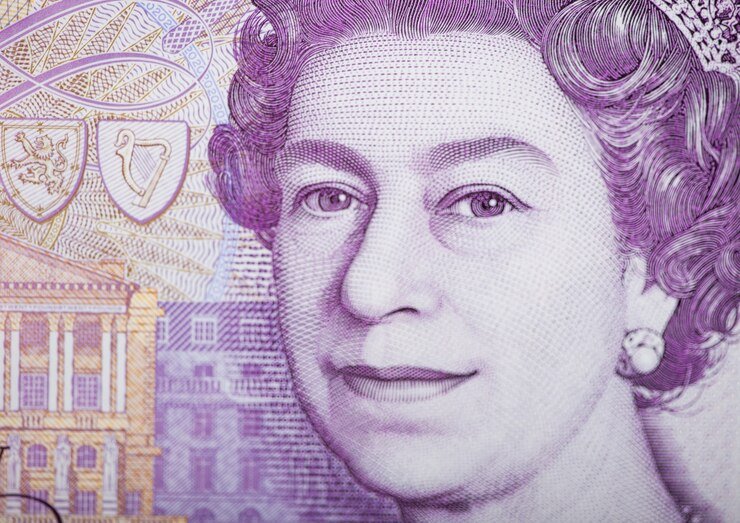Gold Price Remains Steady Near $2,900: Market Sentiment, USD Influence, and Prospects Ahead
Gold price (XAU/USD) remains stable near the $2,900 level, buoyed by persistent fears of a global trade war owing to US President Donald Trump’s protectionist tariff measures. Though the precious metal gains from a softer US Dollar in the wake of disappointing retail sales figures, the market remains on guard as the Federal Reserve continues to stick to its hawkish stance. Optimism in US-Russia peace negotiations and positive risk mood have capped gains. Technically, gold’s positive bias holds good, with important resistance levels at $2,925 and an all-time high at $2,943, and key support levels of $2,885 and $2,855. Any solid break below $2,785 would lead to a sharp correction. KEY LOOKOUTS • Fears over Trump’s possible trade tariffs, such as on autos, may propel safe-haven demand for gold, greatly affecting price action. • The Fed’s aggressive stance and anticipation of extended higher rates can affect gold’s attractiveness, with market now looking towards a possible rate cut in September. • USD movement, as driven by economic releases and Treasury yields, is still a pivotal determinant of gold’s short-term price direction. • Gold is resisted at $2,925 and $2,943, while significant support levels at $2,885 and $2,855 may determine the next market direction. Gold price is still sensitive to various issues, such as US tariff policy, Federal Reserve actions, and the US Dollar strength. Increased fear of Trump’s possible trade tariffs, especially on cars, has supported safe-haven demand for gold. In the meantime, sentiment remains skewed towards a September Fed rate cut over year-end, which is supporting market views. The price action of the US Dollar, fueled by Treasury yields and economic data, is instrumental in setting the near-term gold direction. Technically, resistance around $2,925 and $2,943 could cap advances, with support around $2,885 and $2,855 being the game-changers in stopping a steeper correction. Gold price fluctuates around $2,900, pushed by US tariff worries, Fed actions, and USD fluctuations. Important resistance at $2,925 and support at $2,885 are still pivotal. • Gold price holds steady at the $2,900 level, buoyed by safe-haven buying amid geopolitical and economic risks. • Trump’s proposed tit-for-tat tariffs and possible automobile tariffs stoke fear of a worldwide trade war, making gold more attractive. • The hawkishness of the Fed and anticipation of a rate cut delay influence gold’s short-term price action. • A bearish US Dollar, fueled by poor US Retail Sales figures, has temporarily boosted gold prices. • US-Russia talks, as well as increased tensions in Ukraine, bolster gold’s safe-haven demand. • The resistance is found at $2,925 and $2,943, and the key support areas are at $2,885 and $2,855, dictating price action. • A combination of risk-on mood and tension about inflation impacts gold’s ability to hold gains or correct lower. Gold price continues to be technically resilient, holding on to its bullish foundation around the $2,900 level. The Relative Strength Index (RSI) has cooled off from overbought levels, diminishing the likelihood of an immediate correction while continuing to support additional upside potential. Critical resistance levels to monitor are $2,925, followed by the all-time high around $2,943. A successful breakout above this area could stimulate fresh buying, continuing the uptrend and opening the door to higher levels. Moving averages also show a strong bullish trend, supporting the potential for additional gains if market conditions continue to be favorable. XAU/USD Daily Price Chart TradingView Prepared by ELLYANA On the downside, near-term support is at $2,885, followed by a more robust support area around $2,855 and $2,834. If gold falls below these levels, buyers might come in to support the uptrend, capping losses. Still, a clear-cut breakdown below $2,800 might turn sentiment to bearish side, causing a more extensive correction towards $2,785-$2,784. Participants also need to keep an eye on global economic news, specifically US interest rate expectations and geopolitics, that might fuel volatility and impact gold’s price movements in the near term. TECHNICAL ANALYSIS Gold price continues to be in bullish territory, sustaining itself at the $2,900 level. The Relative Strength Index (RSI) has declined from the overbought territory, indicating scope for further action, with other oscillators remaining in positive favor. Near-term resistance is at $2,925, with the all-time high around $2,943. A convincing breakout above this level would propel fresh buying momentum, extending the current uptrend. Support is seen at $2,885 on the downside, with firm demand likely at $2,855 and $2,834. A break below $2,800 with continued momentum would indicate a deeper correction, and possibly a bearish change in direction. FORECAST Gold price is well-set up for additional gains, with good technical support and safe-haven demand being major drivers. If the price holds above the $2,900 level, an initial drive up towards the $2,925 resistance level is anticipated. A clean breakout above this level can see gold challenge its all-time high of $2,943, and if the momentum continues, it might stretch further to $2,960-$2,975. Events like continued US Dollar weakness, heightened geopolitical tensions, or a dovish turn in the Federal Reserve stance may further accelerate the rally in gold. Gold’s positive outlook notwithstanding, downside risks are present. If the price is rejected at resistance levels and goes below $2,885, it may lead to a pullback to $2,855 and then to $2,834. A breach below the crucial psychological level of $2,800 would mark a change in sentiment, leading to a more significant correction to $2,785 or even $2,750. Improved US economic data, a US Dollar rebound, or decreased geopolitical tensions may cap gold’s upside and mount selling pressure in the short term.












